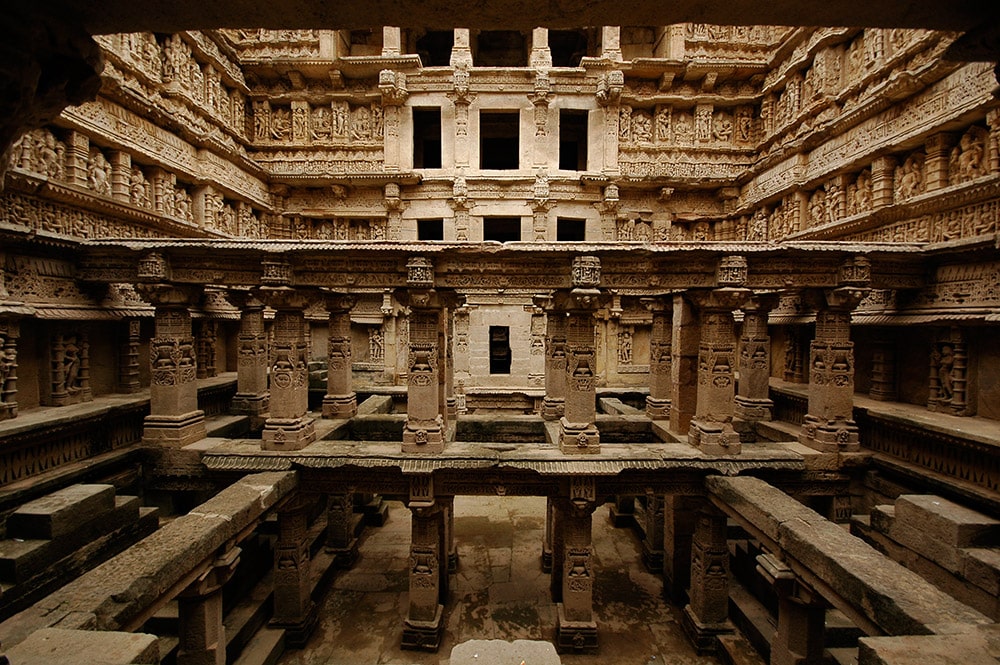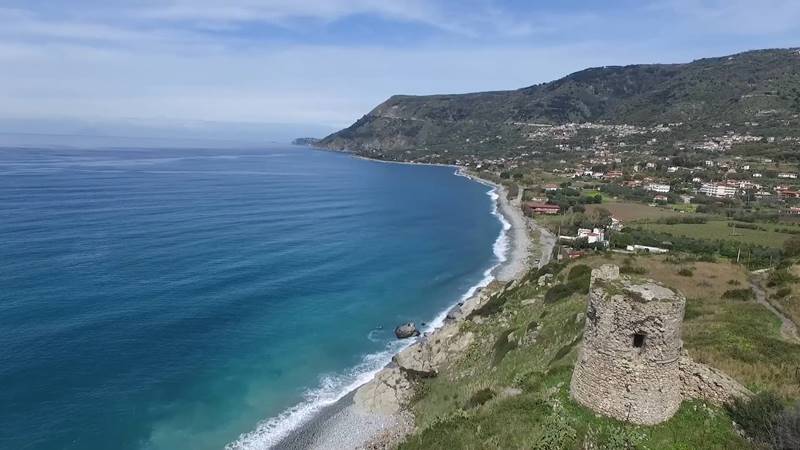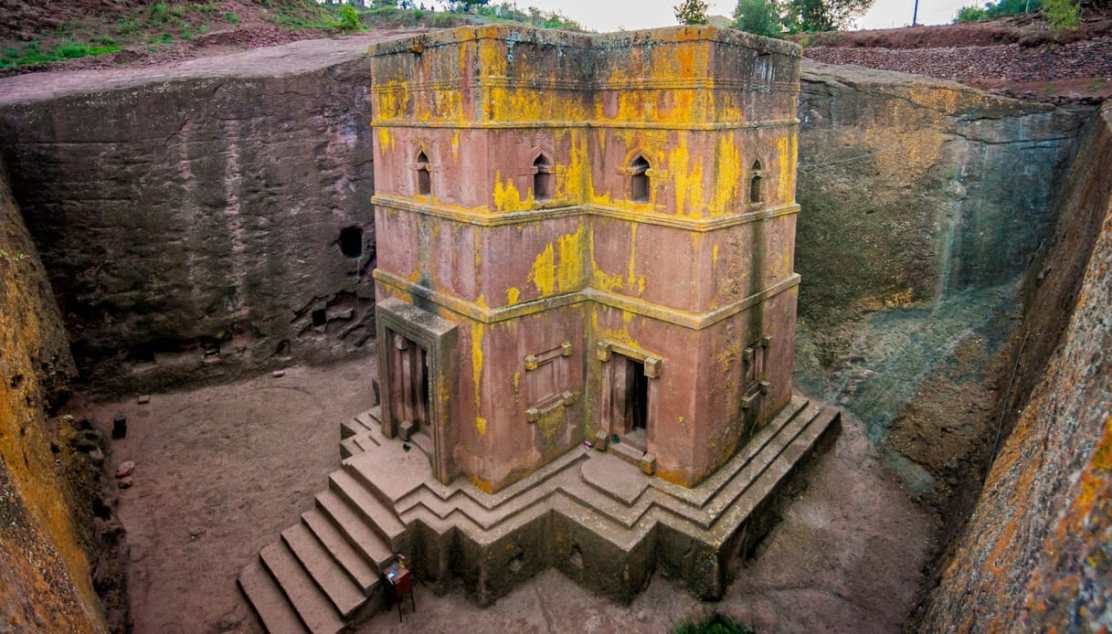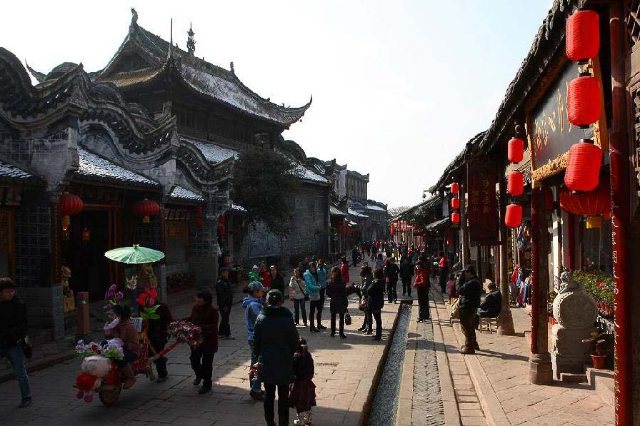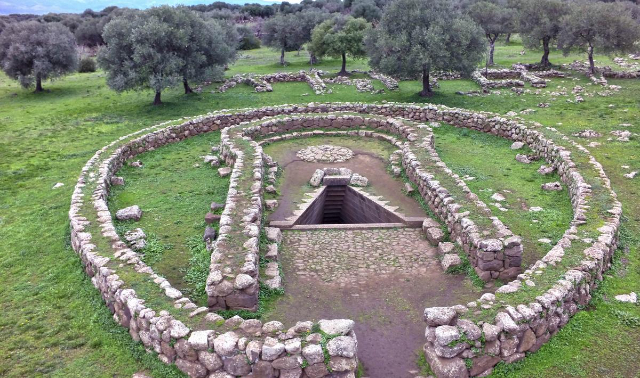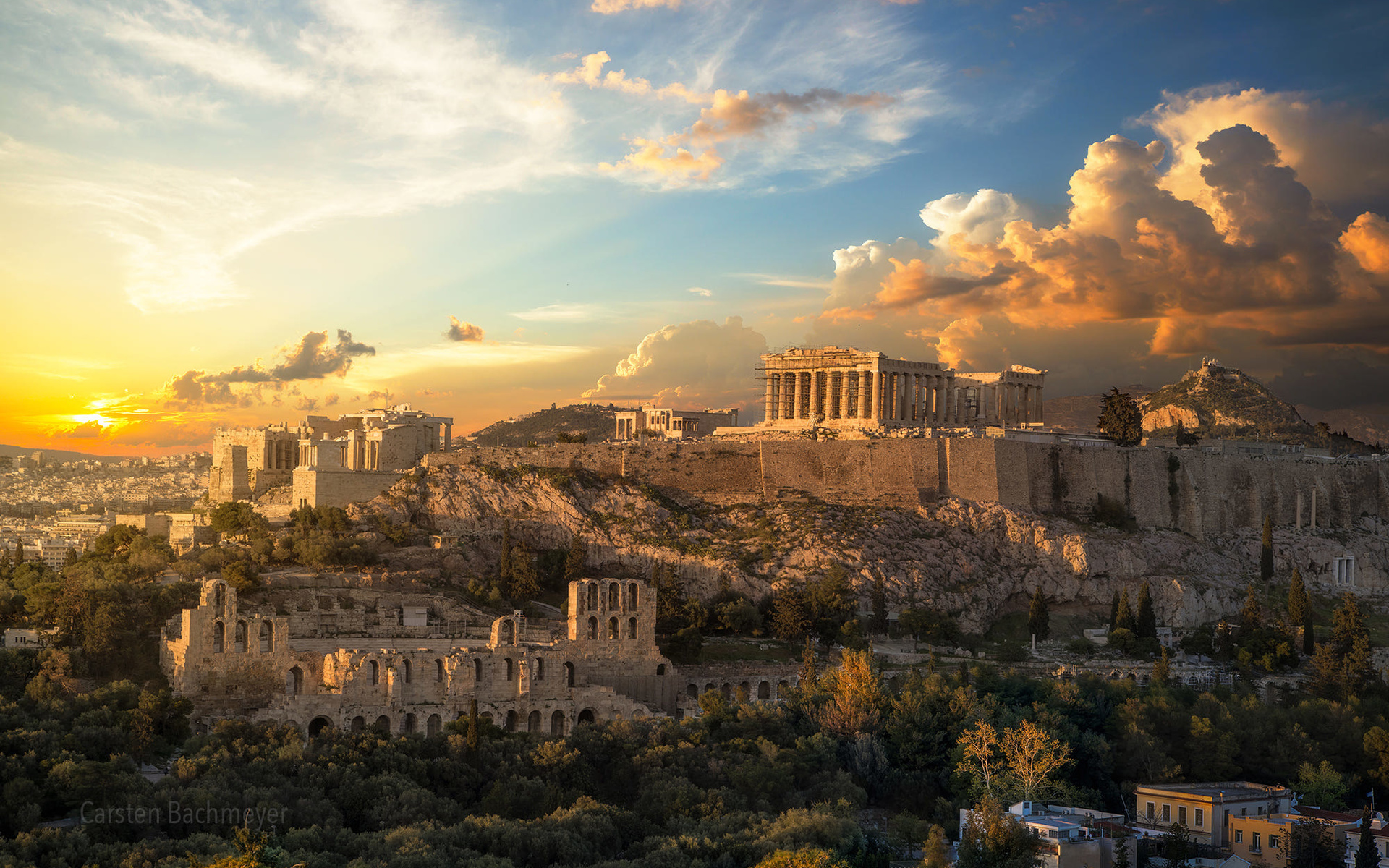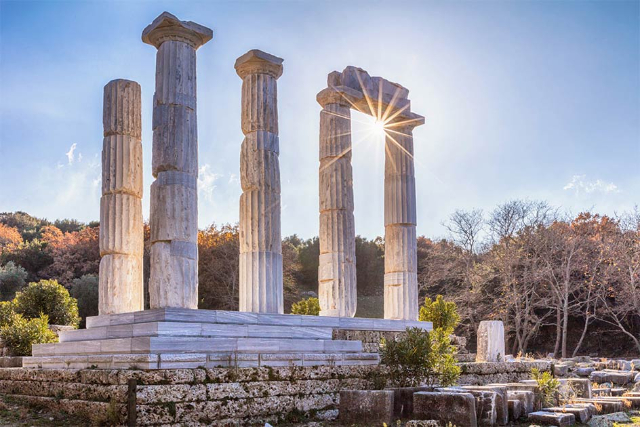Patan, an ancient fortified town in Gujarat, India, holds a rich tapestry of history and culture, dating back to its founding in 745 AD by Vanraj Chavda, the most prominent king of the Chavda Kingdom. Known for its strategic importance as a political center during the 8th century, Patan has been under the rule of several influential dynasties, including the Chalukyas and later the Delhi Sultanate, which have all contributed to its historical and architectural legacy.
Today, Patan is celebrated not only for its historical significance but also for its architectural masterpieces, including numerous temples and intricately carved buildings that showcase the craftsmanship of bygone eras. The town is also renowned as Patola City due to its fame for producing Patola sarees, a luxurious silk fabric known for its vibrant colors and elaborate designs, crafted using a traditional weaving technique that is a cultural hallmark of this region.
The semi-arid climate of Patan dictates the best times for a visit, with the ideal period being from October to March. During these months, the weather is more temperate, making it comfortable for exploring the town’s rich heritage without the intense heat common in the summer months.
Visiting Patan offers a unique opportunity to delve into the layers of historical narratives and witness the enduring legacy of its architectural grandeur. It’s a place where the past meets the present through its preserved ancient structures and the ongoing tradition of Patola saree weaving.
For those interested in exploring the historical depth and cultural richness of Gujarat’s ancient towns, Patan stands out as a must-visit destination. To learn more about Patan and other historical sites, consider checking out Secret World for detailed guides and insights. For an in-depth exploration of Patan’s heritage and attractions, you might also visit this comprehensive guide.

